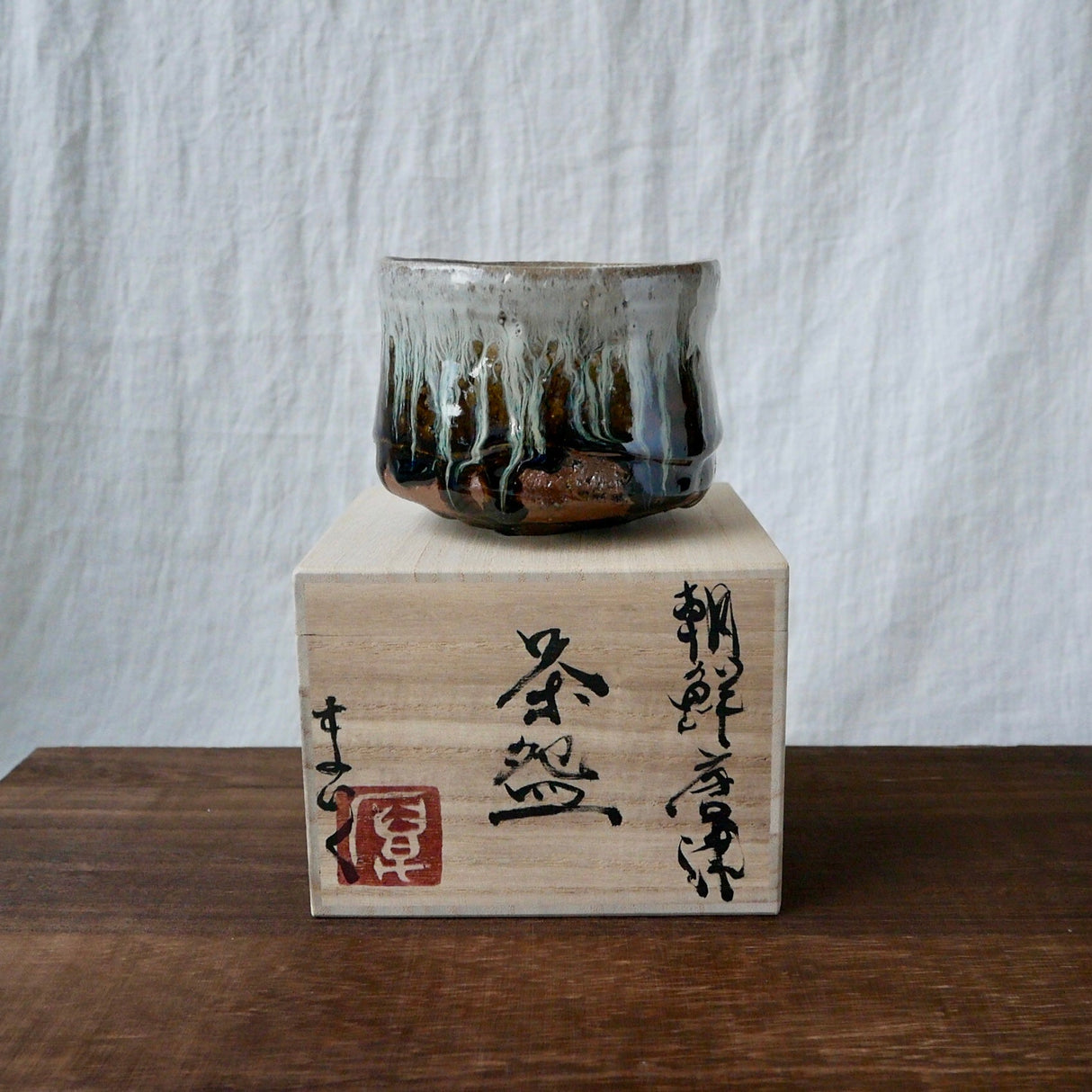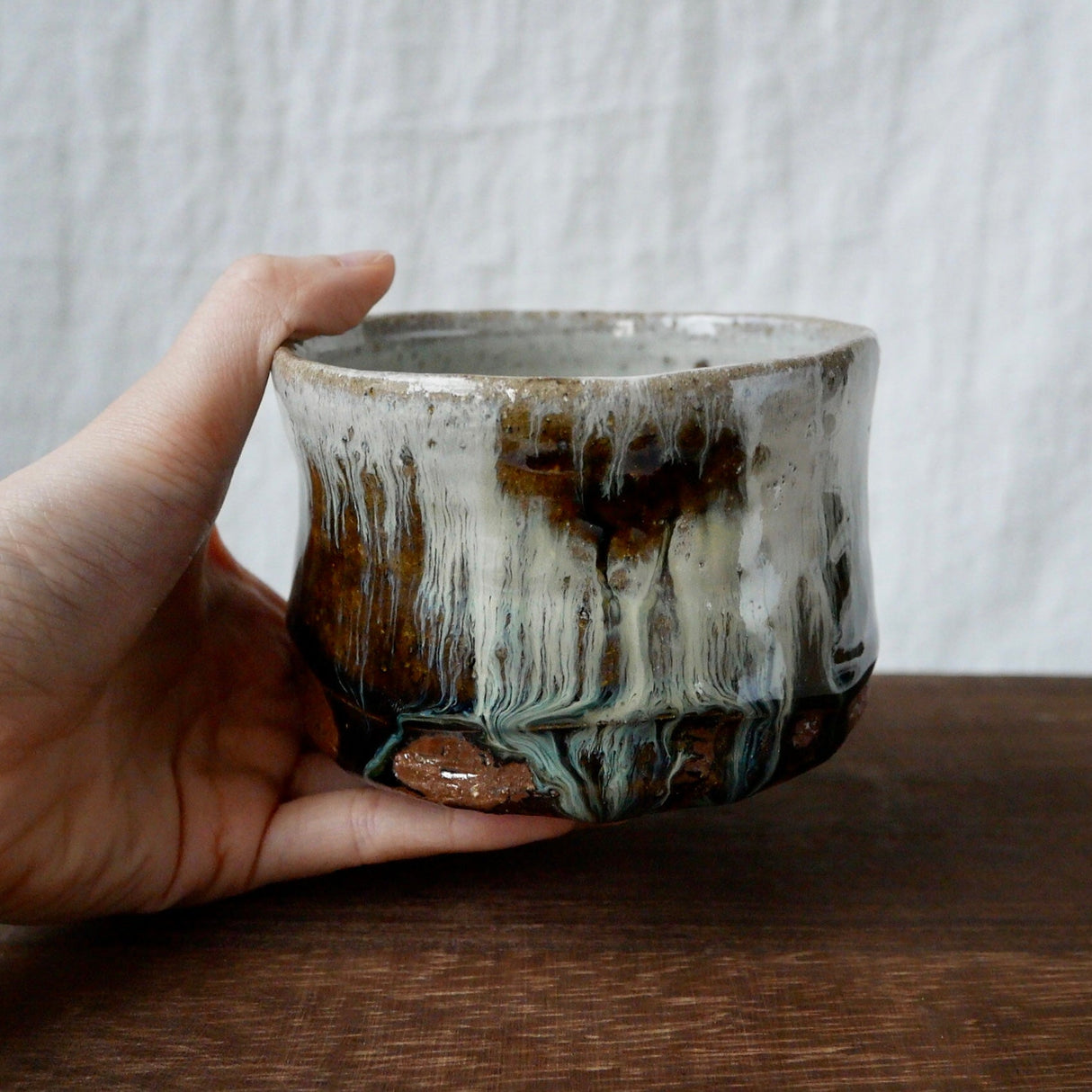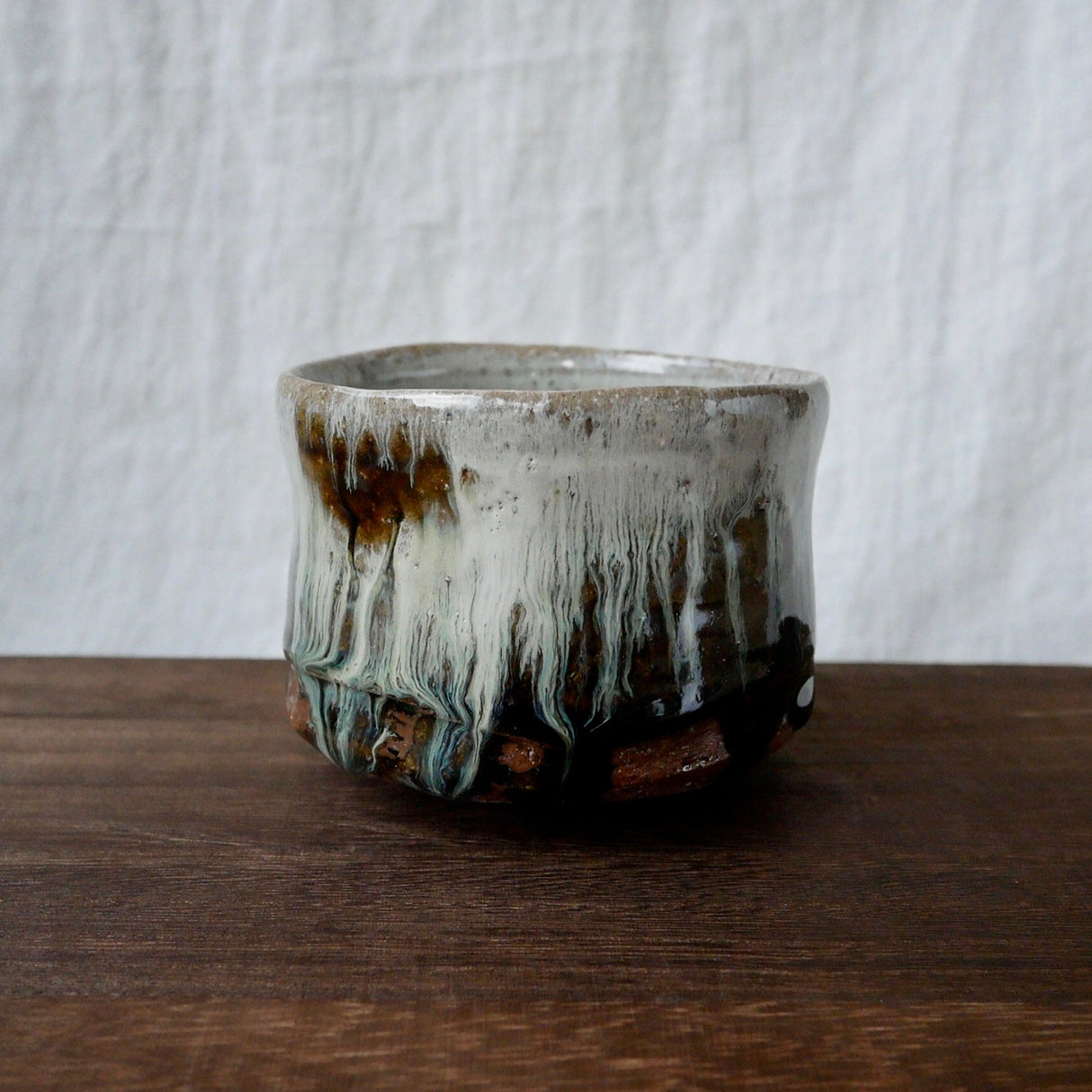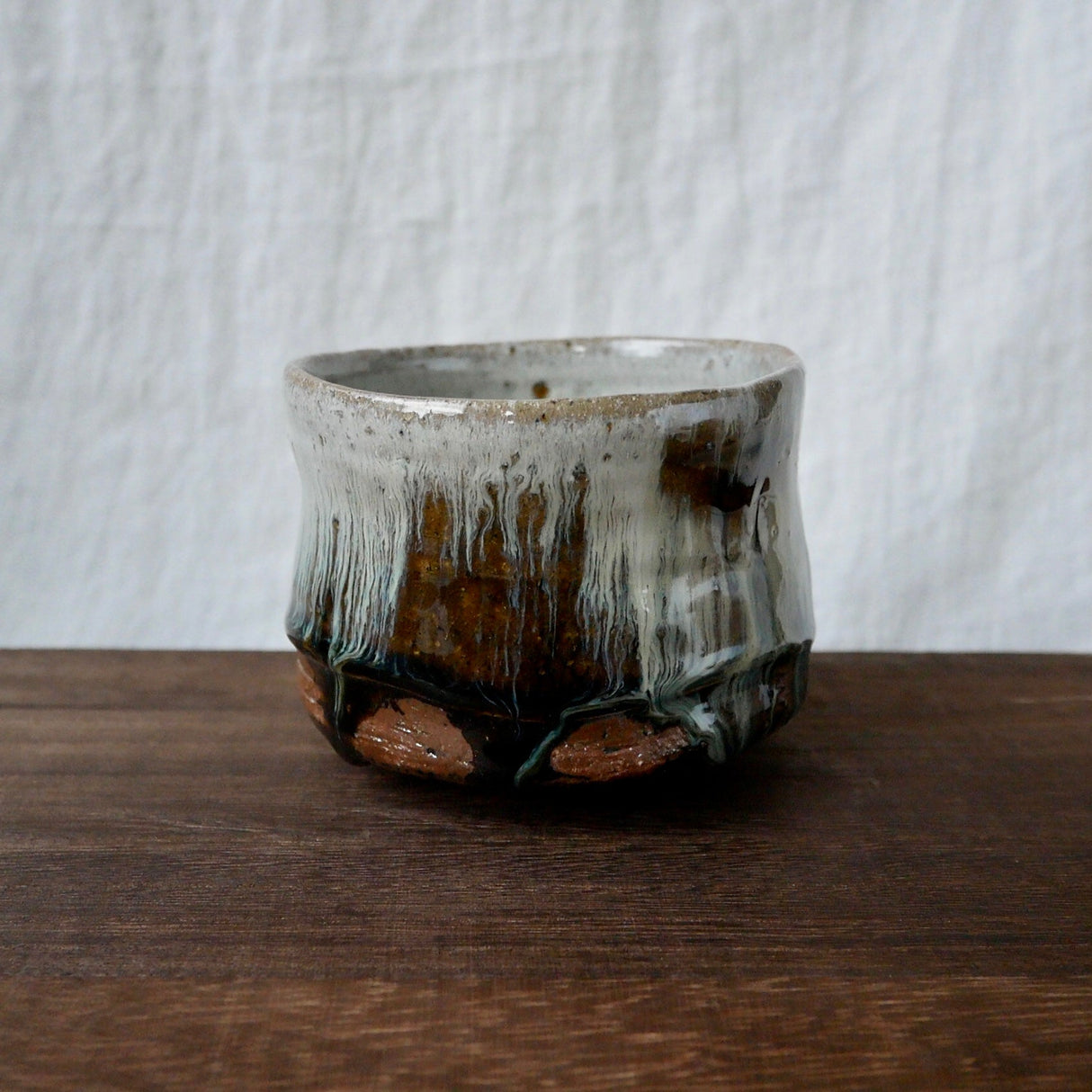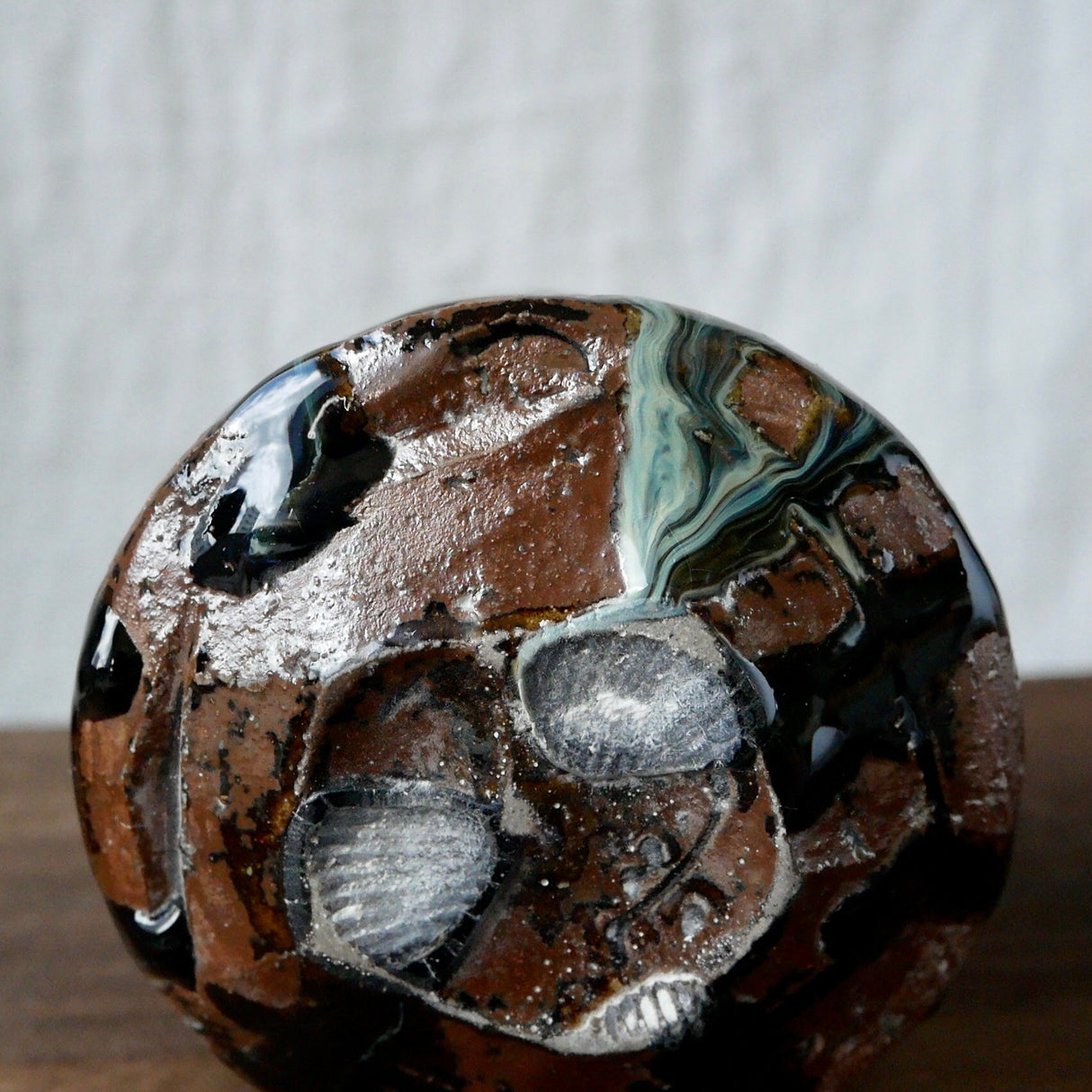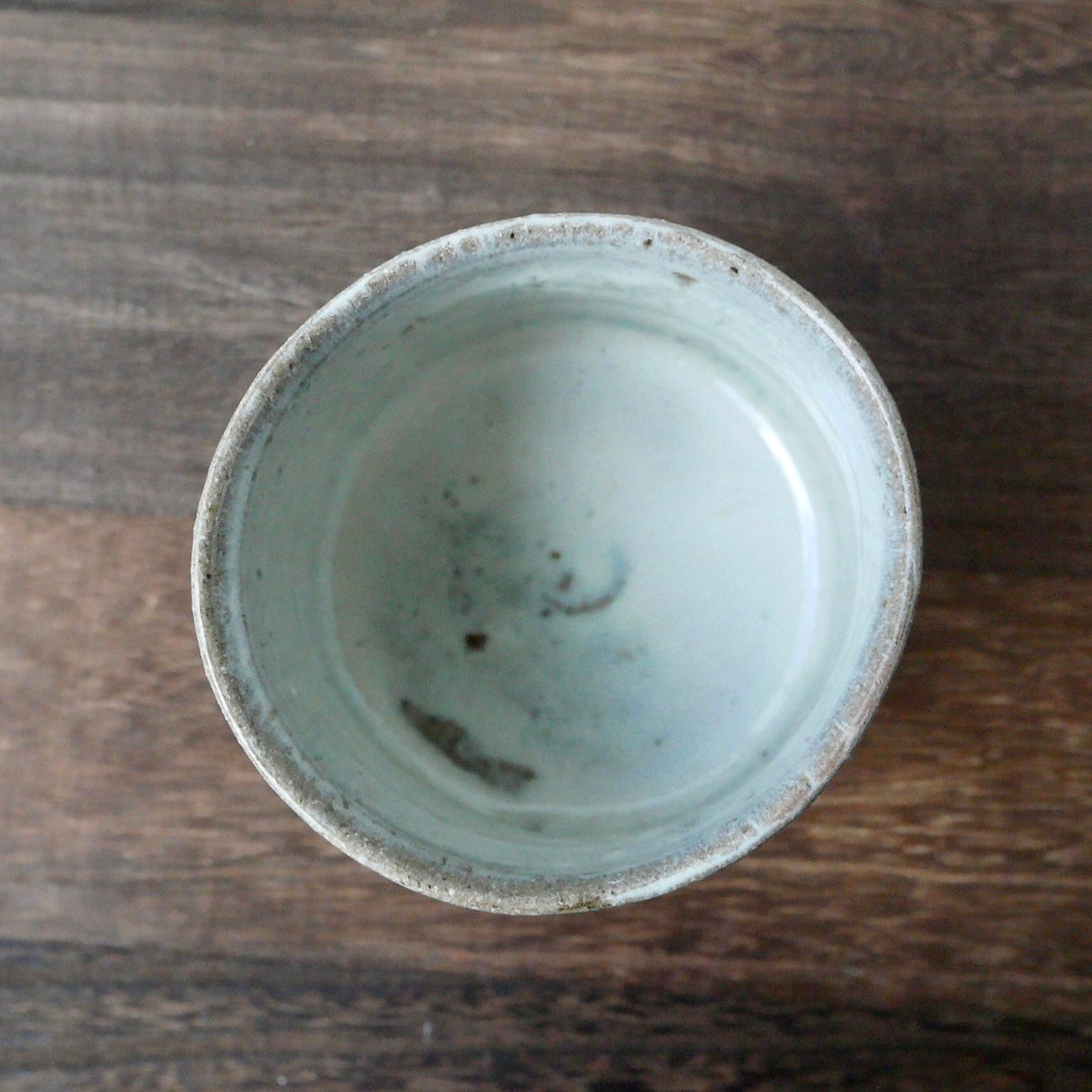Gotanbayashi Kama: Karatsuyaki Matcha Bowl with Gift Box
Gotanbayashi Kama: Karatsuyaki Matcha Bowl with Gift Box <-- Currently not in stock. Order now for immediate procurement (2-3 week delay). If larger size available, repacking takes 3-5 days.
Delivery and Shipping
Delivery and Shipping
Shipping fees vary by country, courier, and method. Place items into your inventory and go to the CART page to see the shipping estimate calculator. For some countries, we may need to manually calculate fees after purchase.
YUNOMI.LIFE'S DELIVERY GUARANTEE: We guarantee delivery for all orders shipped by airmail with a tracking number. (Conditions apply. Exceptions when notified.) Occasionally, orders may require additional customs processing for import. We will aid you to the fullest extent of our ability. If your order does not arrive within ONE month from shipment due to no fault of your own, we will replace or refund your order at no extra cost. We reserve the right to refuse shipment if we think delivery to your address may be difficult. This guarantee does not apply if recipient neglects or refuses to pay customs fees & import taxes, neglects to retrieve an order held at a post office or distribution center, or if the order is not deliverable due to a wrong address. Yunomi.life's Delivery Guarantee does not apply to wholesale purchases.
Karatsuyaki Tradition
Karatsuyaki, or Karatsu Ware (Wikipedia entry), as a living tradition encompasses an enormous range of work, representative of both Japanese and Korean culture. Considered a traditional Japanese handicraft, it is known for its simple, sturdy, earthy style. Using clay rich in iron, works done in this style may be unglazed or decorated with an iron-based glaze creating the earthy, natural feel.
Product Info
- Diameter:
- Height:
- Volume:
- Material: Ceramic
- Tradition: Karatsuyaki
- Region: Taku Village, Saga Prefecture
About the artist
I am a native of New Mexico, but have lived in Japan since 1990. Although I developed an interest in pottery as a child from visiting ancient ruins and surrounding pueblos, I didn't start making pots until 2002 when I met veteran Karatsu potter Tsuruta Yoshihisa who mentored me in the Karatsu tradition.
After an initial period of renting and borrowing kilns, I built Gotanbayashi studio in 2005 and installed a gas kiln. In 2008, I began showing work to the public, participating in shows, and conducting workshops. 2010 saw the construction of the Gotanbayashi anagama/noborigama hybrid wood kiln next to the existing studio, and this is the kiln in which most of the work is fired today.
Much of the work is teaware for the Japanese tea ceremony, but I also make Japanese and western style tableware, ware for drinking sake, sculptural work, and collaborative pieces with artists from other mediums.
Payment & Security
Payment methods
Your payment information is processed securely. We do not store credit card details nor have access to your credit card information.

